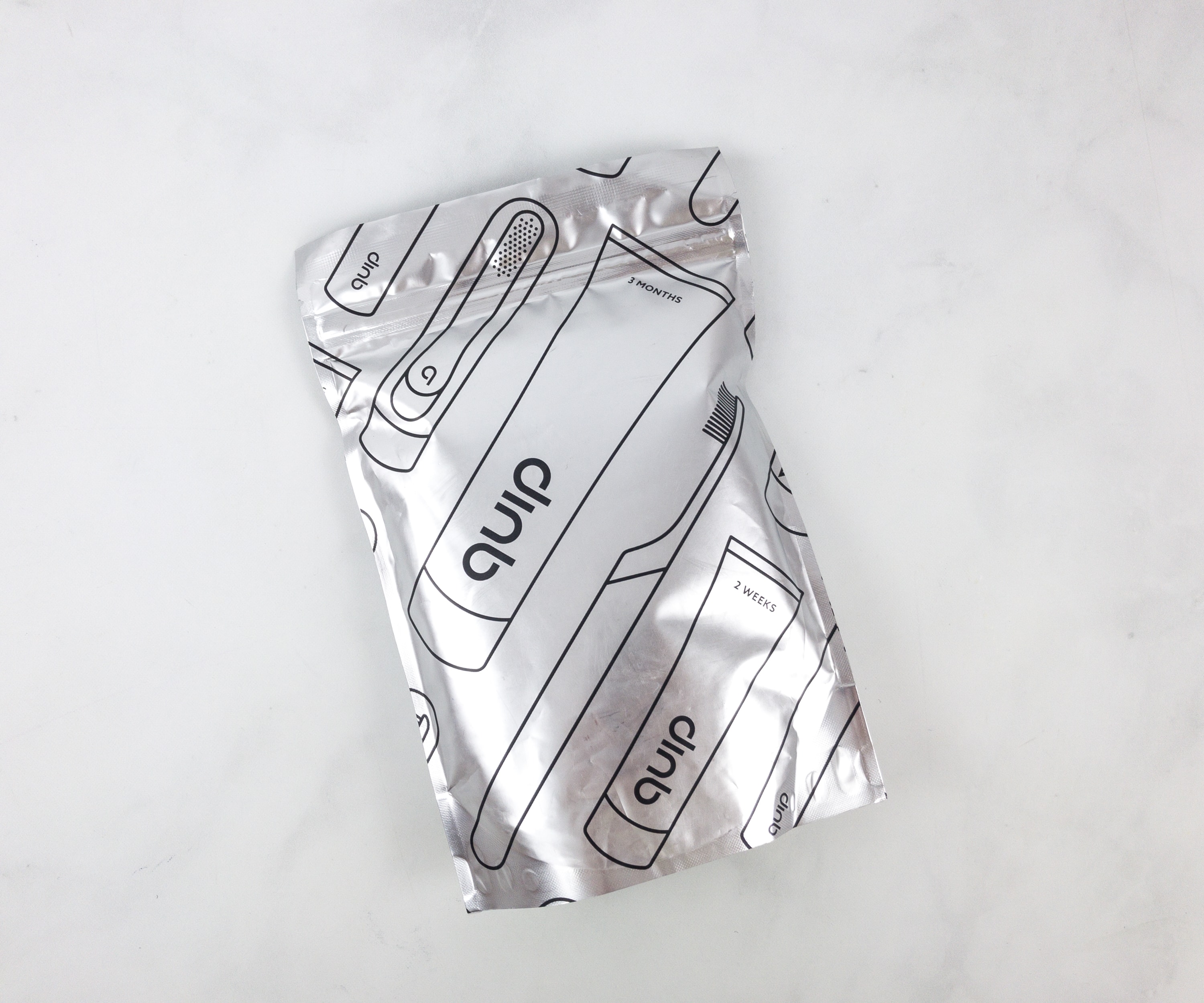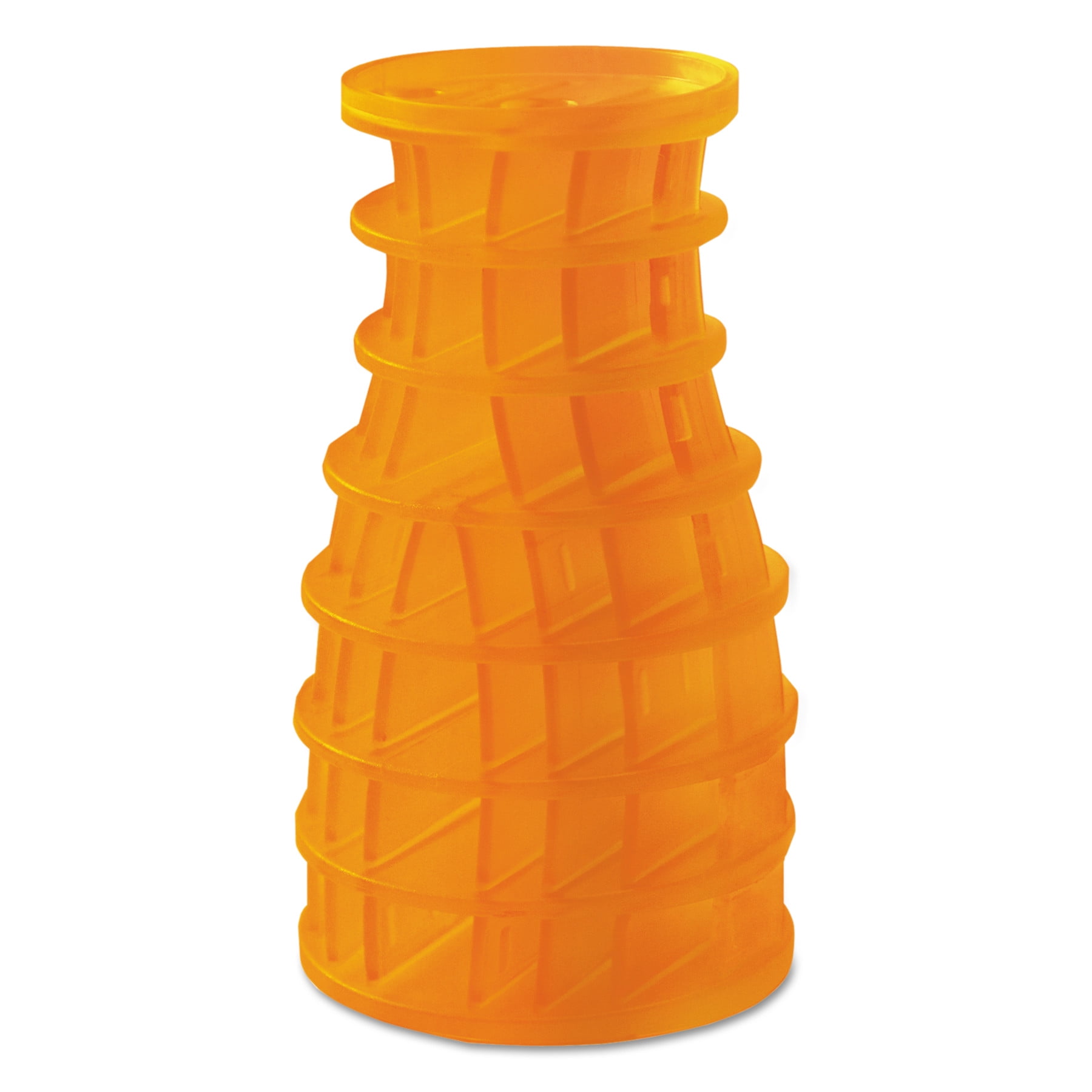
The information contained in this article is for educational and informational purposes only and is not intended as health or medical advice. It works well to clean your teeth, gums and tongue, and it's inexpensive.Īs for me, I plan to stick with my Oral-B brush for the long term because its smaller brush head - that's also designed for sensitive teeth like mine - works better for my needs. The brush is easy to use, looks nice in your bathroom and doesn't require charging. If you've never made the leap to electric brushes, Quip is a good starting place. Using an electric toothbrush, especially one that has a timer, helps ensure you are spending enough time cleaning your teeth.
FREE QUIP REFILL CODE MANUAL
So if a manual brush works just as well as an electric one, why bother? Because most of us don't brush correctly, or for enough time.

For instance, Oral-B has eight options, including a brush head that promotes stain removal to one designed to clean around braces. One more thing to note: Both Oral-B and Sonicare also offer a variety of brush heads for different needs. The American Dental Association backs that up too.

I consulted with my mother, a registered dental assistant who's spent more than 40 years working in the field, about this and she explained that any brush can remove plaque, no matter if it's manual or electric. Quip's subscription service sends new brush heads and toothpaste every 3 months.Īre more brush strokes better? Not necessarily. Oral-B claims its brushes use 48,800 movements per minute. Oral-B's brushes are a bit different than both Quip and Sonicare in that they pulse and also oscillate, mimicking the tooth polishing procedure you get during a cleaning at the dentist. Quip says it uses the industry standard and provides sufficient brush strokes to get your teeth clean. Quip's motor creates 15,000 brush strokes per minute, while Sonicare uses up to 62,000 brush movements per minute. Starting at $25, Quip is cheaper than popular alternatives from Sonicare (starting at $40), Oral-B (starting at $30) or Foreo (cheapest model is $50).īrushes from Quip and Sonicare both vibrate to remove plaque and food from your teeth - but the difference lies in how fast they move. How does Quip compare to Sonicare and Oral-B? But having used a brush that moves more quickly before Quip, I felt the need to scrub more to get the same clean feeling I get with my Oral-B. I slowly move the brush head around my mouth and targeting specific areas rather than the rapid back and forth motions I make with a manual brush. With all of the electric toothbrushes I've used before, I usually let the toothbrush do the hard work. The soft bristle clean well, but I found that the brush head was too big to reach all the corners of my mouth. I started testing out Quip before it launched a kid's version of its brush, which is specifically designed for kid's smaller mouths. A spin-head brush like those made by Oral-B can reach those rear areas with ease. Granted, I don't have a roomy mouth, but it's not particularly tiny either. I found it harder to reach some of the more cramped areas of my mouth (mostly around my upper molars) with the Quip brush head. My main complaint about using Quip is that the brush head is too large for my mouth (and a coworker agreed). It also has a built-in tongue scraper on the back of the brush head, which is a plus. I tried out the gold metal version of the brush, and it's the nicest-looking toothbrush I've ever had. It does a fine job of cleaning my teeth and is comfortable to use. It's also lighter than other electric models I've tried. It takes up significantly less room on my counter than my Oral-B brush, and frankly looks much better.

That's not to say there's nothing I liked about it. To be honest, not much about the Quip brush I tried blew me away. I'll also admit that sometimes I don't want to go through the whole two-minute routine most electric options have, so I'll occasionally grab a manual brush and rush through the ordeal. In recent years, I've almost exclusively used electric toothbrushes, and have tried several different models - from a Sonicare to the Crest Spin Brush - over the course of my life. I used the Quip toothbrush exclusively for two weeks, and then spent three weeks alternating between Quip and my current Oral-B model to compare.

Quip's metal toothbrushes look great and are comfortable to hold. There have been plenty of battery-operated (I'm using that term to differentiate them from rechargeable models) toothbrushes on the market over the years, but Quip is one of the first to make them look stylish. Quip's toothbrushes promise the same results as bigger, more expensive models, but in a less expensive and more compact design.


 0 kommentar(er)
0 kommentar(er)
